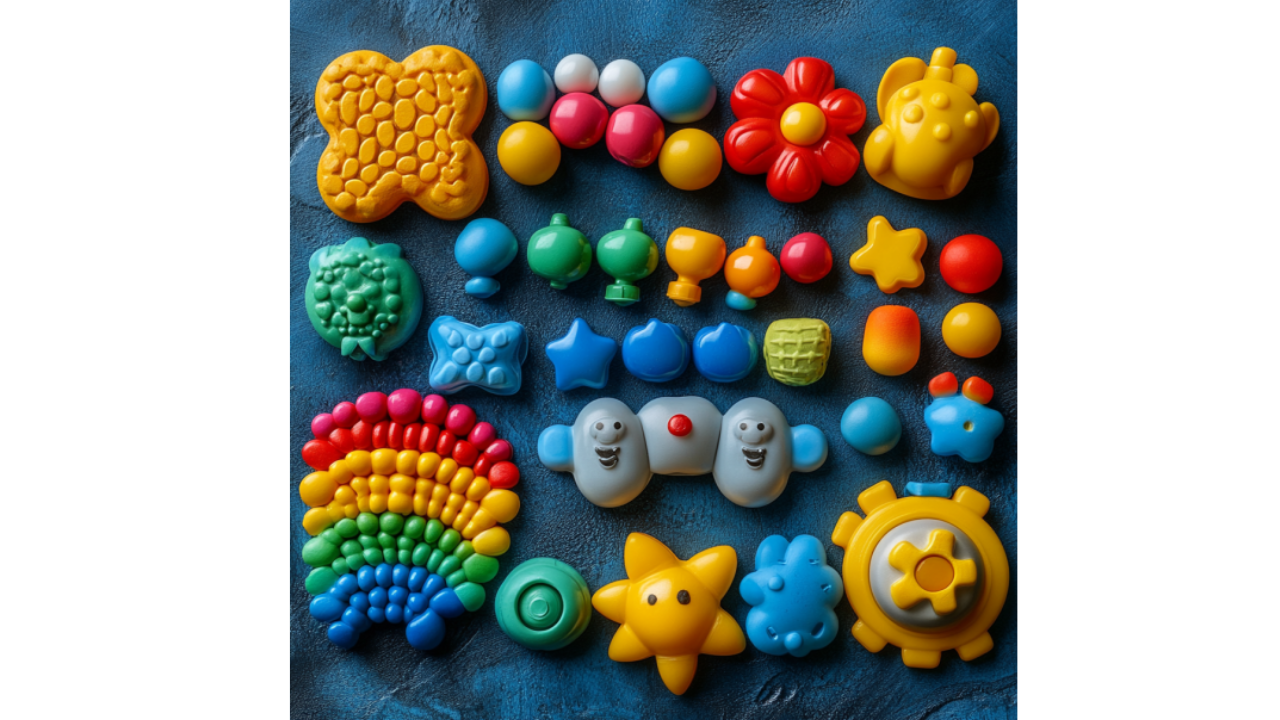Sports Marketing and Autism: Fan Engagement Beyond Sensory Considerations
The NBA team announced their sensory-friendly game night with considerable fanfare. Lower volume on the PA system. Reduced lighting effects. Quiet...
2 min read
 Neurodivergence Writing Team
:
Aug 1, 2024 1:45:57 PM
Neurodivergence Writing Team
:
Aug 1, 2024 1:45:57 PM
-1.png)
Shopping can be a complex and overwhelming experience for many autistic individuals. From sensory overload to social interactions, the challenges are numerous. This article explores how autistic people navigate the world of shopping, offering insights and strategies for a more comfortable experience.
For many autistic individuals, the sensory aspects of shopping can be particularly challenging. As one autistic person describes:
"Fluorescent lights, blaring music, and bustling crowds are often fixtures of the retail experience. And for those with sensory issues, that can create a big barrier."
The visual, auditory, and olfactory stimuli in stores can be overwhelming. Another autistic individual shares:
"It's blindingly bright, overwhelming. The floor pattern is confusing and disorientating. Around me, the noise. Absolutely deafening. Trolleys clanking. Announcements, music, random adverts."
Many autistic people have specific preferences when it comes to clothing textures and fabrics. As one respondent explains:
"I can't stand tight clothing. I generally don't like the feel of not-natural material."
Another adds:
"I prefer soft cottons, fleece, flannel and linen. I cannot stand of the feel of natural wool and cannot wear most synthethics unless they are of very high quality like cashmere or rayon."
For some autistic individuals, the abundance of choices in stores can be overwhelming. One person describes:
"Also around me, choices. Endless choices. Each with different labels, different pricing for different quantities perhaps."
Social interactions during shopping can be stressful for many autistic individuals. One person shares:
"If I can manage to get the items I want, I have to figure out how to pay for them. Self service? Checkout? Do I risk the beeping and flashing of the self-serving machinery, trying to co-ordinate my own scanning? Or do I risk the conversations and queues, the random socialising that adds extra exhaustion to my already overloaded brain?"
Despite these challenges, many autistic individuals have developed strategies to make shopping more manageable:
As one autistic person advises:
"Where possible, we shop online, or get others to shop for us. This can be more expensive, which is so difficult for autistic families where money is usually limited."
It's crucial for retailers to consider the needs of autistic shoppers. As one individual points out:
"Autistic people are paying customers, and keen to spend our money with stores. But the stores have to help us more than this. Get in contact with local groups of autistic people and get some ideas from them."
By understanding and accommodating the unique needs of autistic shoppers, retailers can create a more inclusive and comfortable shopping experience for all.
In conclusion, while shopping can present significant challenges for autistic individuals, with the right strategies and accommodations, it can become a more manageable and even enjoyable experience. As awareness grows, we can hope to see more inclusive shopping environments that cater to the diverse needs of all shoppers.
-Oct-09-2025-08-58-39-4202-PM.png)
The NBA team announced their sensory-friendly game night with considerable fanfare. Lower volume on the PA system. Reduced lighting effects. Quiet...

Sensory branding has become a powerful tool for creating emotional connections with consumers. By appealing to multiple senses—sight, sound, touch,...
-1.png)
Businesses are constantly seeking innovative ways to capture consumer attention and create lasting brand impressions. Enter sensory marketing, a...